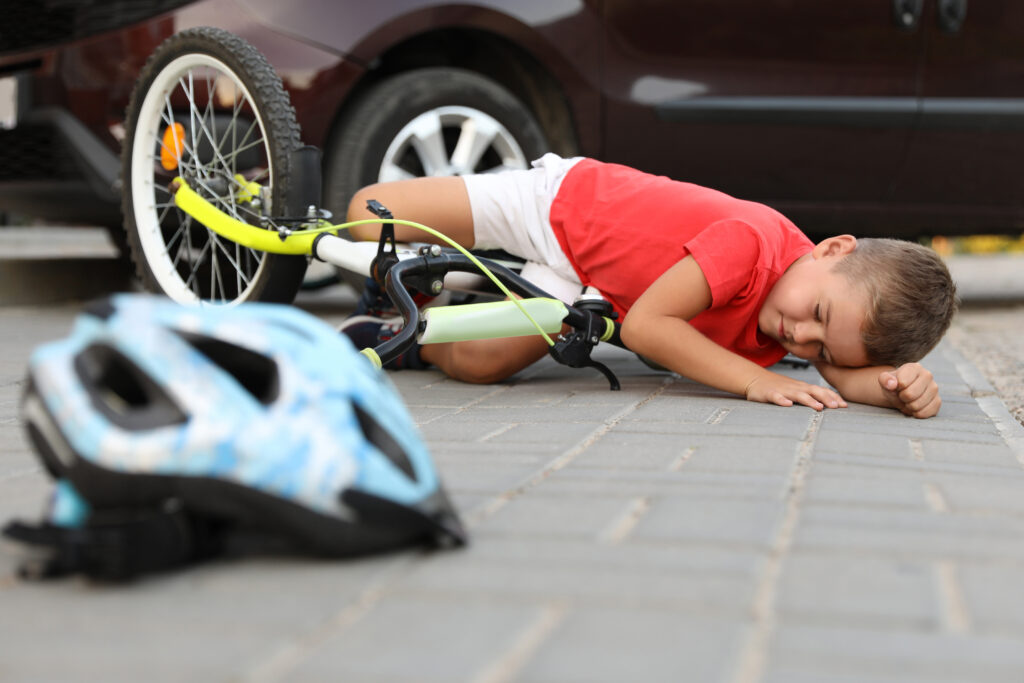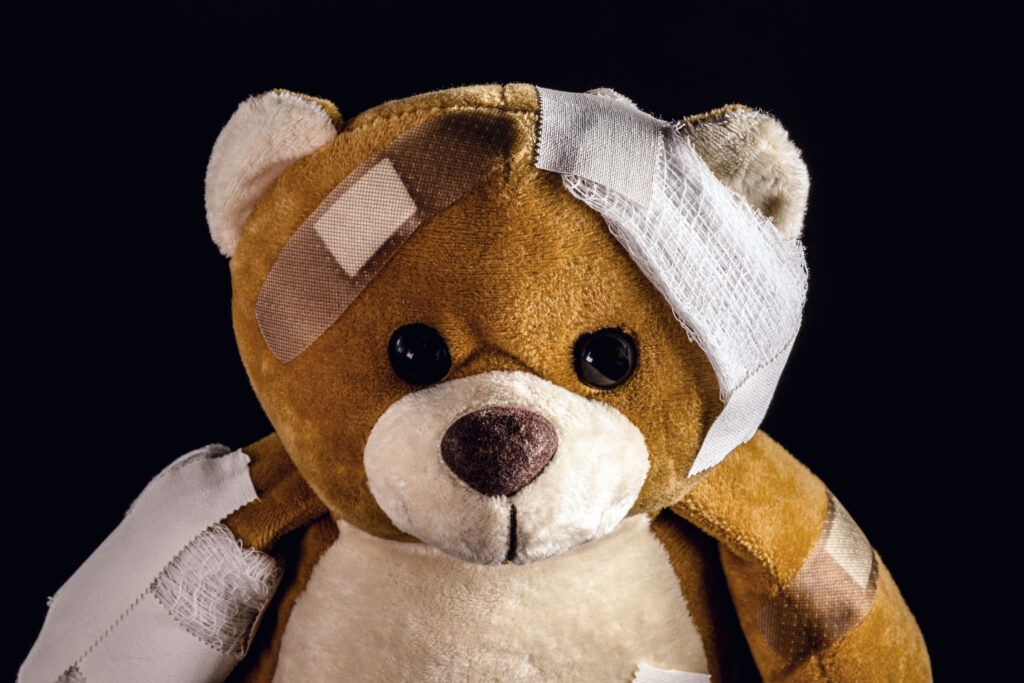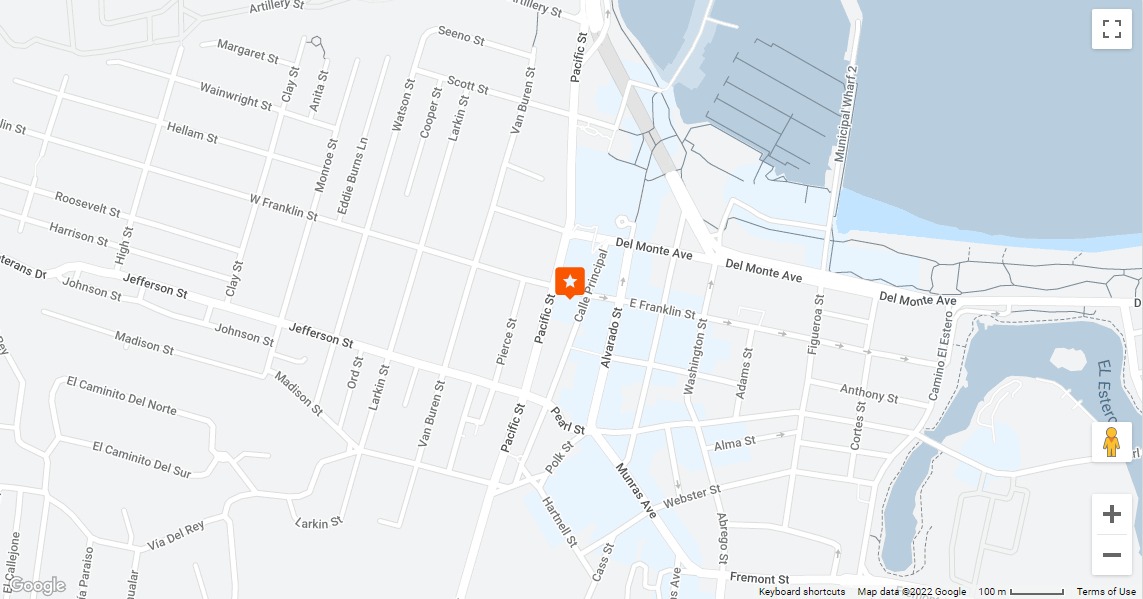Children’s brains are incredible.
I’ll bet you didn’t know:
- The brain is the fastest growing organ in children during the first three years of their lives compared to any other parts of their body.
- Almost 60 percent of a child’s metabolic energy goes toward powering the brain. That is compared to just 25% of an adult’s metabolic energy.
- The human brain makes the most connections among its 86 billion brain cells before the age of 10.
- Singing, listen to, and playing, music, improves spatial orientation and mathematical thinking.
- Stress can disable learning, and cortisol, a hormone that kills off connections in the learning and memory parts of the brain, gets produced during trauma.
Believe it or not, your kid’s brain generates about 70,000 thoughts per day! So, the destruction, or degeneration of brain cells through neurotrauma, brain damage, or a brain injury can have a huge impact on your child’s life.
What is a Children’s Brain Injury?
“Head injury” is broad term that covers a lot of different injuries that can happen to the scalp, skull, brain, and underlying tissues and blood vessels in a child’s head. Head injuries are commonly referred to as brain injuries, or traumatic brain injuries.
Brain injuries are one of the most common causes of death and disability in children. Brain injuries can be mild like bumps, bruises, or cuts, and more severe like concussions, deep cuts or open wounds, fractured skull bones, internal bleeding, and damage to the brain.
What are the Types of Children’s Brain Injuries?
Children typically suffer the following types of brain injuries:
- Concussions: Concussions are caused by a blow or jolt to the head, which can cause headaches, vomiting, trouble thinking normally, memory problems, trouble with motor skills and walking, dizziness, vision problems, fatigue, mood changes, and/or changes to sleep pattern.
- Contusions: Contusions are bruises to the brain, causing bleeding and swelling inside of the brain, around the area where the head was struck, and sometimes on the opposite side of the brain due to the head hitting the skull.
- Linear Skull Fractures: Linear skull fractures are a break in the bone, but it does not move the bone. As skull fractures go, these are pretty mild, and kids can usually bounce back within a few days.
- Depressed Skull Fractures: With depressed skull fractures, part of the skull is actually sunken in from the trauma.
- Diastatic Skull Fractures: These are fractures that occur along the suture lines in the skull, where the skull bones fuse together.
- Basilar Skull Fractures: Basilar Skull Fractures can be the most serious type of skull fracture, and involves a break in the bone at the base of the skull. Children with these injuries often have bruises around their eyes, and behind their ears. They may have clear fluid draining from their nose or ears.

What Causes Children’s Brain Injuries?
There are lots of causes of pediatric brain injuries, but the most common are sports injuries, falls, motor vehicle accidents (where the child is either riding in a car, struck as a pedestrian, or struck riding a bicycle, skateboard, scooter, or inline skates), or child abuse.
When there is a direct blow to the head, shaking, or whiplash (like in motor vehicle accidents), the bruising of the brain and damage to the tissue and blood vessels is called coup-contrecoup. A bruise directly related to the trauma, at the site of the impact, is called a coup lesion. As the brain jolts backward and hits the opposite side of the skull, it can cause a countercoup lesion. The jarring can cause tearing of the internal lining, tissues, and blood vessels that may cause internal bleeding, bruising, or swelling of the brain.
What are the Symptoms of a Pediatric Brain Injury?
Children’s head injuries can cause:
- Swelling, bumps, or bruises;
- Small, superficial or shallow cuts on the scalp;
- Headaches;
- Sensitivity to noise and light;
- Irritability;
- Confusion;
- Lightheadedness and/or dizziness;
- Problems with balance;
- Nausea;
- Problems with memory and/or concentration;
- Change in sleep patterns;
- Blurred vision;
- “Tired” or “sleepy” eyes;
- Ringing in the ears (tinnitus);
- Alteration in taste;
- Fatigue or lethargy;
- Loss of consciousness;
- Severe headaches that persist;
- Repeated nausea and vomiting;
- Loss of short term memory;
- Slurred speech;
- Difficulty with walking;
- Weakness in one side or area of the body;
- Sweating;
- Pale in color;
- Seizures or convulsions;
- Behavior changes;
- Blood or clear fluid draining from the ears or nose;
- One pupil looks larger than the other;
- Deep cut or laceration in the scalp;
- Open wound in the head;
- Foreign object penetrating the head;
- Coma (state of consciousness where the child cannot be awakened, responds only minimally, if at all, to stimuli, and exhibits no voluntary activities);
- Vegetative state (brain damaged such that the child has lost thinking abilities and awareness, but retains some basic functions, like breathing and blood circulation);
- Locked-in syndrome (child is conscious, and can think, and reason, but cannot speak or move).
How Do Doctors Diagnose Pediatric Head Injuries?
Diagnosing pediatric head injuries can be extremely difficult because the extent of the injuries may not be known for months after the injury. Doctors might order diagnostic tests like:
- Blood tests;
- X-rays;
- Magnetic resonance imaging (MRI);
- Computer tomography scan (CT or CAT scan); and/or
- Electroencephalogram (EEG)

How Can a Lawyer Help My Child with a Brain Injury?
Children who suffer a brain injury may lose part(s) of muscle, speech, vision, hearing, and/or taste function, depending on the area of the brain that’s damaged. Long-term or short-term changes in personality or behavior can also be experienced. Tragically, children can require lifelong medical and rehabilitative care and management for physical, occupation, and/or speech therapy.
The extent of the child’s recovery depends on maximizing the child’s capabilities at home, and in the community. A top pediatric brain injury lawyer can help you do that. Attorney John McCarthy has experience with brain injuries. He suffered his own when he went into cardiac arrest from an unknown genetic condition. He made a complete recovery. But, he knows what it feels like. He understands the fear, the lack of control, and the feeling of helplessness. He studied neurobiology, physiology, and behavioral sciences at UC Davis, before deciding to become a lawyer instead of a doctor. But, his desire to help people never went away. He’s also a Dad, who will fight like hell for you and your child to make sure they get the help they need.
If your child has suffered a brain injury, you want the help of a qualified brain injury attorney. Attorney McCarthy is regarded as one of the best brain injury attorneys in California, let alone one of the best pediatric brain injury attorneys on the Central Coast. We take cases on a contingency fee basis, which means we only get paid a percentage of whatever we collect our clients. We offer a fast, free, confidential case evaluation. They go straight to Attorney McCarthy’s inbox. John makes it a point to review and respond to every inquiry within about 24 hours or less. If we think we’re in a position to help, we’ll offer a free consultation. If we don’t think we’re in a position to help, we’ll send you resources to help you understand the law, find a lawyer who might be able to help, and even take matters into your own hands. There are strict statutes of limitations that can prevent you from recovering if you delay too long. So, why wait? Contact us today.
OUR FAST, FREE, CONFIDENTIAL, CASE-EVALUATION FORM IS DESIGNED SO YOU CAN TELL YOUR STORY, DIRECTLY TO JOHN
START AN EVALUATIONYour responses will go straight to John’s inbox. John will review and respond by the end of the business day. If John thinks he can help, he’ll email you a link to schedule a free consultation with him. If John doesn’t think he can help, he’ll email you resources to help you understand the law, find a qualified lawyer to help you, and take steps to protect your rights. No waiting around.


